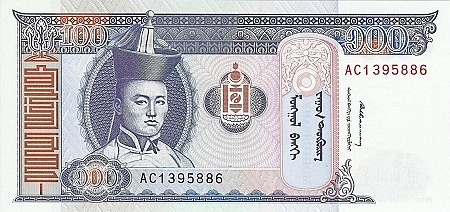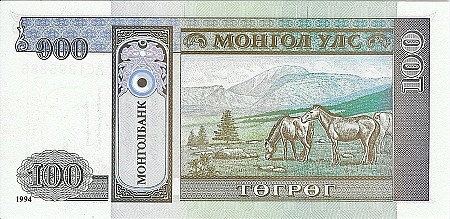MONGOLIA
Damdin Sukhbaatar

Sukhbaatar was the third of four children of a peasant family. He was born in Mongolia but at that time it was part of the Manchu Qing Empire of China. The name Sukhbaatar means “Axe Hero” and was given to him by his father upon losing an axe in a river near the city of Uliastay.
In 1911 he had his first son with his girlfriend, Yanjmaa, though they could not be married as her parents thought that Sukhbaatar was too poor for her. Also that year, the Manchu Qing Empire collapsed and Mongolia became an independent Chinese state. With the new Mongolian state came the need for a military service, and so in 1912 he was drafted into the Mongolian army and became a platoon leader in the army’s Machine Gun Company and was married to his girlfriend in the same year.
Two years into his military service, Sukhbaatar had been exposed to the horrible way of life in the Mongolian Army, and became fed up with corruption that had spread throughout. Sukhbaatar soon found himself in a riot in protest of the harsh conditions and poor leadership. Though his involvement was known, it did not hinder his position then or later in his career.
In 1918 he was transferred to printing office where he was set to printing laws and religious texts for the Bogd Khan, a leader of the Bhuddist faith in Mongolia and the new head of state of Mongolia. Sukhbaatar was not to stay long in his new position, though. With the end of WWI, Russia was dealing with several of its own problems which would lead up to its own civil war. The Chinese seized the moment and in 1919 the Capital, Ulaan Baatar, was occupied by Chinese forces, and Bogd Khan was placed under house arrest and forced to cede Mongolia into the Chinese Republic. The Printing office was shut down.
Sukhbaatar founded a secret political group that criticized the Chinese occupation. This group combined with another group in 1920, evolving into the Mongolian Peoples Revolutionary Party, which was closely modeled after the Soviet’s Communist Party. The new party began seeking help from the Russians to fight against the Chinese, and the Bogd Khan penned a letter to the Soviets asking for support in their cause. Sukhbaatar and two other comrades were to journey into Russia to deliver the letter. In Mongolian folklore a horse whip is considered to be a good luck symbol when going out on a venture, so it was appropriate that Sukhbaatar smuggled the letter into Russia by hollowing out the handle of a whip he carried.
While gone to Russia, the Chinese had begun to arrest several members of the Mongolian Peoples Revolutionary Party. In addition to the Chinese, the White Russian leader Baron Ungern von Sternberg (aka the Bloody Baron) invaded Mongolia in February of 1921. He held siege to the Ulaan Baatar by burning several campfires around the city, making the Chinese believe they were outnumbered. Without engaging battle, the Chinese fled and the Baron seized Ulaan Baatar. The Baron, believing himself to be the reincarnation of Ghengis Khan, then declared himself the dictator of Mongolia.
During this time Sukhbaatar had been appointed to the Commander in Chief of the Mongolian Peoples Army, entering battle with the Chinese soon after. A great victory over the Chinese took place in February in the city of Khiagt, near the northern border. The Mongolians were outnumbered by the Chinese forces that had refused to leave. The Mongolians won the battle and had seized the city.
Baron Ungern von Sternberg had not been idle, and had made a move to attack the Soviet area of Kyakhta at the border of Mongolia. He was defeated that summer with a contingent of Russian and Mongolian troops. The “Bloody Baron” was captured by his own men and delivered to the Soviets who had him tried and then shot.
In July of 1921 Sukhbaatar declared independence from China in the capital, Ulaan Baatar. A new government was founded and Sukhbaatar became the Army Minister. In September 1922 he was given the title of “Resolute Hero”. The Bogd Khan was allowed to remain on the throne in a limited capacity until his death in 1924.
Sukhbaatar had held onto his office until 1923 when he fell ill amid allegations of a Coup planned for the Tsagaan Sar, or White Moon – a festival of the Mongolian Lunar New Year. He died on February 20th, 1923 from an unknown ailment at the age of 30. Though he is not the father of modern Mongolia, he was the greatest hero of the communist era, whose efforts undoubtedly aided in the eventual evolution of what Mongolia has become today. Mongolia became a democratic state in 1992 and is now a parliamentary republic.
His wife Yanjmaa served in the government in several positions, including the position of ‘acting president’ from September 1953 to July 1954.
Sukhbaatar’s image is on Mongolian Banknotes from the 5 Tugrik through the 100 Tugrik. Ghengis Khan is on the remaining notes up to 10,000 Tugrik.

